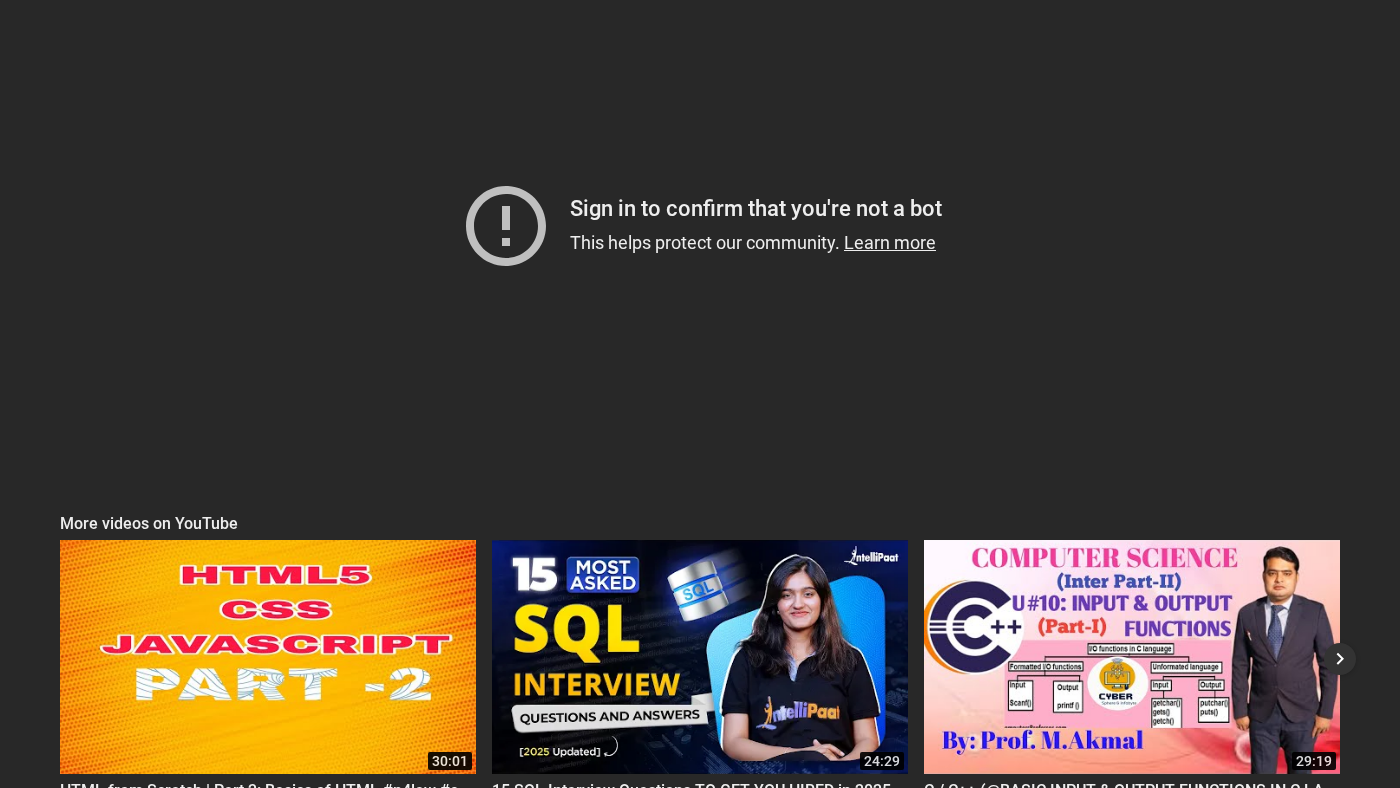Introduction to JavaScript
JavaScript is a high-level, dynamic, and interpreted programming language that is primarily used for client-side scripting on the web. It is also used for server-side programming, game development, and mobile app development. In this article, we will cover the basics of JavaScript, its syntax, and how it works.
What is JavaScript?
JavaScript is a programming language that allows you to create interactive web pages. It is used to add dynamic effects to websites, such as animations, scrolling effects, and responsive design. JavaScript is also used to create web applications, such as online games, weather apps, and social media platforms.
How JavaScript Works
JavaScript is executed on the client-side, which means that it runs on the user's web browser. When a user requests a web page, the JavaScript code is sent to the browser along with the HTML and CSS code. The browser then executes the JavaScript code, which allows it to interact with the HTML and CSS code.
Basics of JavaScript
JavaScript is a programming language that has its own syntax and semantics. It is a dynamically-typed language, which means that you do not need to declare the data type of a variable before using it. JavaScript is also a case-sensitive language, which means that it treats uppercase and lowercase letters as distinct characters.
Variables, Data Types, and Operators
In JavaScript, a variable is a name given to a value. You can think of a variable as a container that holds a value. JavaScript has several data types, including numbers, strings, booleans, arrays, and objects. Operators are used to perform operations on variables and values.
Writing Your First JavaScript Code
To write your first JavaScript code, you need to have a basic understanding of HTML and CSS. You can start by creating an HTML file and adding a script tag to it. The script tag is where you will write your JavaScript code.
Best Practices and Common Mistakes
When writing JavaScript code, it is essential to follow best practices and avoid common mistakes. Some best practices include using meaningful variable names, commenting your code, and testing your code regularly. Common mistakes include using undefined variables, not checking for errors, and not following security guidelines.
Conclusion
In conclusion, JavaScript is a powerful programming language that is used to create interactive web pages and web applications. It has its own syntax and semantics, and it is a dynamically-typed language. To learn JavaScript, you need to have a basic understanding of HTML and CSS, and you need to follow best practices and avoid common mistakes.
Advanced JavaScript Topics
In this section, we will cover advanced JavaScript topics, including object-oriented programming, functional programming, and asynchronous programming.
Object-Oriented Programming
Object-oriented programming is a programming paradigm that uses objects to represent data and behavior. In JavaScript, you can create objects using the object literal syntax or using a constructor function.
Functional Programming
Functional programming is a programming paradigm that uses pure functions to represent data and behavior. In JavaScript, you can create functions using the function keyword or using an arrow function.
Asynchronous Programming
Asynchronous programming is a programming paradigm that uses callbacks, promises, or async/await to handle asynchronous operations. In JavaScript, you can use the setTimeout function or the Promise object to handle asynchronous operations.
We hope that this article has provided you with a good understanding of JavaScript and its concepts. With practice and patience, you can become proficient in JavaScript and start building your own web applications and interactive web pages.







